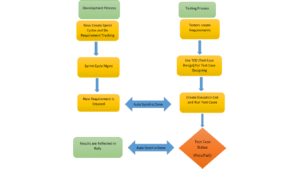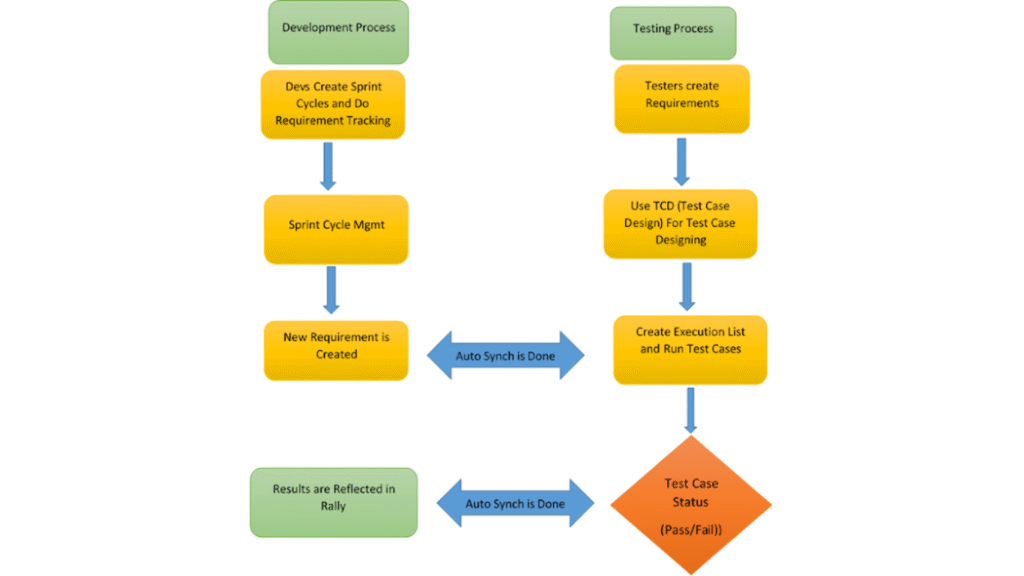Users produce 2.5 quintillion bytes of data every day. The internet produced 74 Zettabytes, or 74 trillion gigabytes, by the end of 2021, and this amount is still growing every year. It is becoming more and more difficult to manage such a perpetual and meaningless outsourcing of data. Big data, which is related to the extraction of massive and complex data into meaningful data that cannot be extracted or analysed by standard methods, was therefore established as a means of managing such enormous and complex data.
Not all data can be kept in the same format. Once the type of Big Data has been determined, the data storage techniques may be appropriately assessed. A cloud service, such as Microsoft Azure, offers a single location to store many types of data, including disks, files, blobs, queues, files, tables, and applications data. However, there are specialised services available within the Cloud to handle particular data subcategories.
Examples of Azure Cloud Services that assist in handling and managing sparsely different types of data are Azure SQL and Azure Cosmos DB.
Application Data is everything that applications generate, read, update, remove, or process. Web apps, Android apps, iOS apps, or any other kind of application might be used to generate this data. The many types of data being used mean that choosing a storage strategy requires some sophistication. Check out the Big Data online course to learn more.
Types of Big Data
1.Structured Data
The data that is contained in a fixed field within a record is a crude definition of structured data.
This kind of data is most recognizable from our daily existence. such as birthday and address
Since it is bound by a specific schema, all the data shares the same set of attributes. Relational data is another name for structured data. By generating a single record to represent an entity, it is divided across several tables to improve the data’s integrity. Table constraints are applied to enforce relationships.
The analytical potential of structured data is contingent upon an organisation’s ability to use its current systems and procedures.
To combine the data, a Structured Query Language (SQL) is required. It is simple to enter, query, and analyse structured data. Every piece of data has the same format. However, imposing a uniform structure also makes data modification excessively difficult because every record needs to be changed to follow the new arrangement. Numbers, dates, strings, and other data types are examples of structured data. Structured data can be used for the business data of an e-commerce website.
Cons of Structured Data
- Only in situations with predetermined functionality may structured data be utilised. This indicates that structured data is only appropriate for a restricted number of use cases and has little flexibility.
- In a data warehouse, Big Data structured data is kept under strict guidelines according to a predetermined schema. All of the structured data would need to be updated to reflect any changes in requirements. In terms of managing resources and time, this is a major disadvantage.
2.Semi-Structured Data
No strict schema governs the management or storage of semi-structured data. Unlike a spreadsheet, where the data is neatly arranged into rows and columns, this data is not in the relational format. Nonetheless, certain characteristics, like as key-value pairs, aid in distinguishing between various entities.
Semi-structured data is sometimes referred to as NoSQL data since it doesn’t require a structured query language.
Semi-structured data is exchanged between systems (some of which may even have different underlying infrastructures) using a data serialisation language.
A business process’s metadata is frequently stored in semi-structured material, but it can also comprise files that include computer program machine instructions.
Usually, external sources like social networking sites or other web-based data feeds provide this kind of information.
Data is generated in plain language so that insightful conclusions can be made using a variety of text-editing programs. Data serialisation readers can be implemented on devices with constrained processing power and bandwidth because of their straightforward format.
Data Serialization Languages
Serialisation languages are used by software developers to write, transport, store, and parse memory-based data in files. It is not necessary for the sender or the recipient to be aware of the other system. Each system can easily understand the data as long as it uses the same serialisation language. Three languages are used for serialisation most frequently.
- XML: eXtensible Markup Language is known as XML. It is a markup language for text that is intended for data storage and transportation. Almost every widely used development platform has XML parsers. Both humans and machines can read it. There are specific standards for display, transformation, and schema in XML. It describes itself.
XML uses attributes (like Type) to feature the data and tags (text enclosed in angular brackets) to shape the data (FirstName, for example). But because it’s a verbose and dense language, other formats are more widely used.
- JSON: For data interchange, JSON (JavaScript Object Notation) is a lightweight, open-standard file format. Simple to use, JSON stores and transmits data objects using text that is readable by both humans and machines.
Unlike XML, this format is less formal. It is not so much a formal data depiction as it is a key/value pair model. JSON is natively supported by Javascript. Despite being widely used by web developers, JSON’s strong reliance on JavaScript and structural elements (braces, commas, etc.) makes it difficult for non-technical staff to work with.
- YAML: YAML is a user-friendly data serialisation language. It represents YAML Ain’t Markup Language figuratively. Because of its ease, handlers both technical and non-technical around the world use it. Line breaks and indentation describe the data structure and lessen the reliance on structural characters. Because it is so easy for both humans and machines to read, YAML is quite comprehensive and has become very popular.
Semi-structured Big Data is arranged, for example, in a product catalogue using tags.
3.Unstructured Data
Data without a specific format or set of rules is referred to as unstructured data. It is arranged haphazardly and without planning.
Text documents, log files, images, and videos are all examples of unstructured data. The actual data being handled is unstructured, notwithstanding the possibility that the metadata attached to a picture or a video is semi-structured.
Furthermore, because unstructured data cannot be evaluated without the right software tools, it is often referred to as “dark data.”
Conclusion Big Data used in applications can be categorised as unstructured, semi-structured, or structured. Structured data follows a predetermined set of principles and is arranged cleanly. Although semi-structured data doesn’t follow any format, it does have some characteristics that are obvious to an organisation. Data objects are converted to a byte stream using data serialisation languages. These consist of YAML, JSON, and XML. There is absolutely no structure to unstructured data. In an application, all three types of data are present. They all three contribute equally to the creation of inventive and appealing applications. To learn more about Big Data, check out our online Big Data training.

























